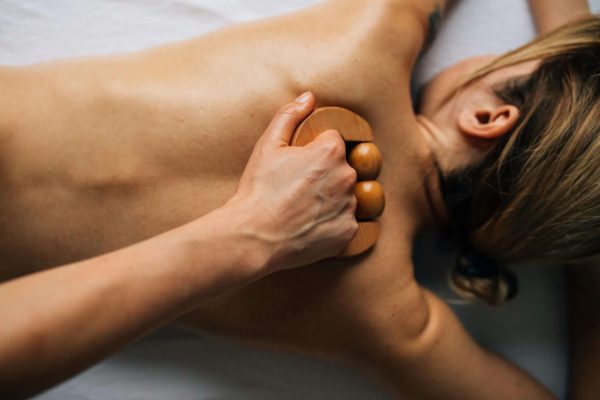Back massage is an ancient practice that has been used for centuries to provide relaxation and relief from pain and other ailments. It has been proven to have numerous health benefits, from relieving muscle tension and improving circulation to reducing stress and improving overall wellbeing. This article will explore what are the incredible benefits of back massage and how it can help unlock your body’s potential.
What is Back Massage?
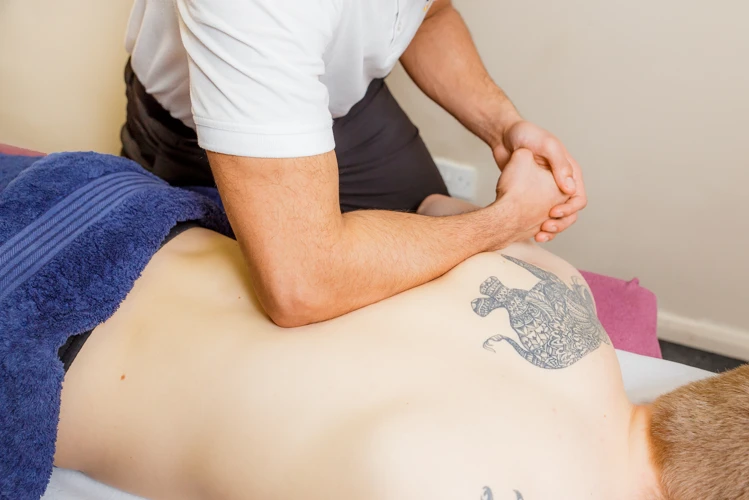
Back massage is a type of massage therapy specifically designed to target the muscles of the back. It can be performed using a variety of techniques, such as kneading, gliding, tapping, and deep tissue massage. The main purpose of a back massage is to alleviate pain, reduce stress, and improve circulation in the back muscles.
Back massage can also help improve flexibility, reduce tension, and relax tight muscles. It can also improve posture and reduce the risk of injury from everyday activities.
What Are the Benefits of a Back Massage? Back massage can help to reduce pain and stress, improve circulation, and improve flexibility. It can also improve posture and reduce the risk of injury. Additionally, back massage can help to reduce muscle tension and improve overall mental and physical well-being.
Benefits of Back Massage
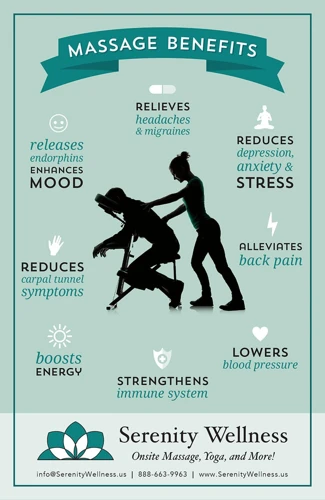
Relief of Muscle Tension
Back massage is an effective way to relieve muscle tension and improve flexibility. Massage therapy can help to relax the muscles, reduce stiffness, and improve range of motion. Through massage, the tightness in the muscles can be released, allowing for increased mobility and relief from pain.
Improved Posture
Back massage can help to improve posture by loosening tight muscles and increasing flexibility. Massage can also help to reduce pain that can come from poor posture by releasing tension in the muscles and releasing endorphins. With improved posture, back pain can be reduced, and the body’s overall alignment can be improved.
Reduced Stress
Back massage can also be effective in reducing stress and improving overall wellbeing. The therapeutic effects of massage can help to reduce anxiety and improve relaxation. By releasing tension in the muscles, massage can help to reduce stress levels and promote a calm and relaxed state of mind.
Improved Circulation
Massage therapy can also help to improve circulation. By stimulating the muscles and soft tissues, massage can help to increase blood flow and oxygen delivery to the muscles. Improved circulation can help to reduce pain and inflammation, as well as promote faster healing.
Increased Muscle Flexibility
Back massage can also help to increase muscle flexibility. Massage can help to stretch the muscles, improve range of motion, and reduce the risk of injury. Massage can also help to reduce pain and inflammation, which can improve overall muscle flexibility.
Improved Sleep Quality
Massage can also be beneficial for sleep quality. Massage can help to reduce stress and tension, allowing for better relaxation and improved sleep. Massage can also help to reduce pain and inflammation, as well as improve circulation, which can all help to improve sleep quality.
Overall, back massage can offer a variety of benefits, from relieving muscle tension to improving sleep quality. Massage can help to reduce stress and improve circulation, which can help to unlock the body’s full potential. With regular back massage, the body can be better able to cope with the demands of day-to-day life, and can help to improve overall wellbeing.
What to Expect During a Back Massage
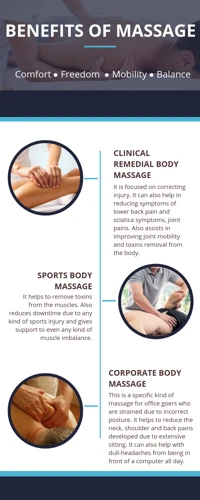
A back massage is a therapeutic massage of the neck, shoulders, and back. During the massage, your therapist will use a variety of techniques to relax and soothe the muscles, including kneading, stroking, friction, tapping, and vibration.
The massage may focus on particular areas, such as the lower back, or the entire back. Depending on your needs and preferences, your therapist may use light, medium, or firm pressure.
Preparation
Before a back massage, the therapist will ask you about any health conditions you may have and ask you to fill out a health intake form.
It is important to tell your therapist if you have any medical conditions or if you are pregnant. This will help your therapist tailor the massage to your needs.
What to Wear
You will be asked to undress to your comfort level. You should wear comfortable clothing that allows you to move freely and does not restrict your range of motion.
Your therapist will provide a towel or sheet for you to cover yourself with during the massage.
The Massage
When the massage begins, your therapist may use oil or lotion to help reduce friction on the skin. The therapist will use a combination of techniques, such as kneading, stretching, and light tapping, to massage the muscles and increase blood circulation.
Your therapist may use their hands, elbows, forearms, or even their feet to perform the massage. Depending on the type of massage and your needs, your therapist may use a variety of techniques and pressure.
After the Massage
After the massage, your therapist may provide advice on how to care for your muscles at home. They may suggest stretching exercises or other activities to help keep your muscles relaxed.
Your therapist may also recommend that you drink plenty of water to help flush out any toxins that may have been released during the massage.
Potential Risks of a Back Massage
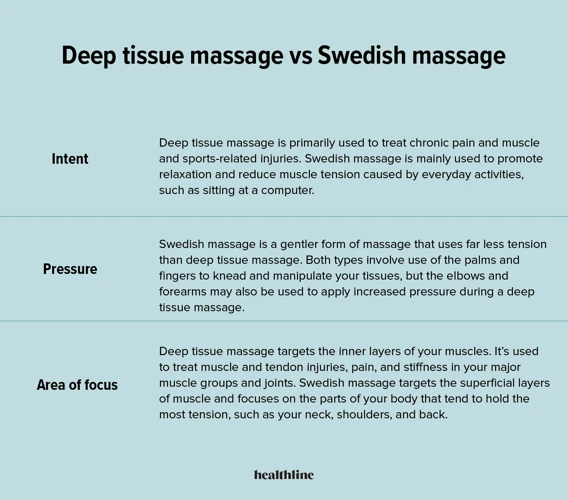
Though back massages are generally safe and beneficial, there are potential risks associated with the practice that must be kept in mind. These risks include:
Skin Irritation: Some massage oils, lotions, and creams may irritate sensitive skin, leading to redness, itching, or burning.
Muscle Tension: Over-stimulation of the muscles through massage can cause them to tense up, resulting in muscle strain.
Infection: If the massage therapist does not use proper sterilization techniques, infection may occur.
Injuries: In very rare cases, incorrect massage techniques can lead to injuries such as nerve damage, sprains, contusions, fractures, or other soft tissue injuries.
Blood Clots: Massage can increase the risk of developing a blood clot if the person has any underlying conditions or is taking certain medications.
Stress: In some cases, the massage may be too intense for the person’s comfort level, leading to feelings of stress or anxiety.
When receiving a massage, it is important to discuss any potential risks with the massage therapist beforehand. If any concerns arise during the massage, the therapist should be informed immediately.
How to Receive the Maximum Benefits of a Back Massage
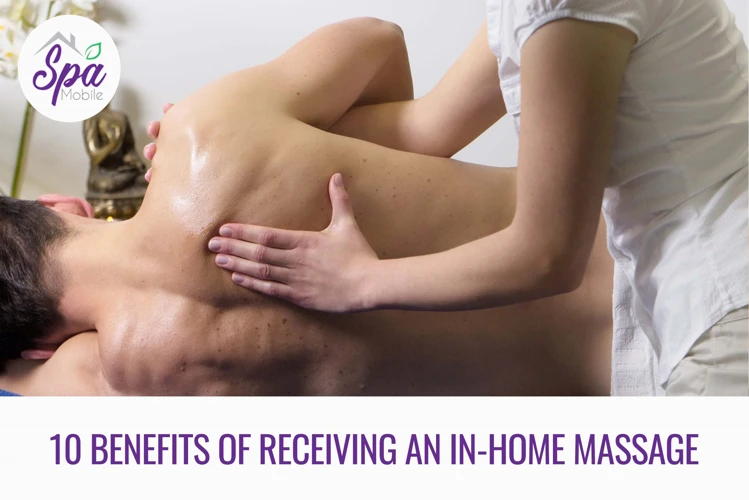
Prepare your body: To receive the maximum benefits of a back massage, it is important to prepare your body by stretching and loosening up the muscles beforehand. This will help the massage therapist to get the most out of the session.
Choose the right therapist: It is essential to find a qualified massage therapist who is knowledgeable about the body. A good massage therapist will be able to identify the areas of tension and work on them to get the most out of the massage.
Communicate: Communication with the therapist is key to getting the most out of the massage. Be sure to let the therapist know what your expectations are and what areas you would like them to focus on.
Listen to your body: During the massage, it is important to be aware of how your body is feeling. If the pressure is too much or too little, be sure to communicate this to the therapist so they can adjust accordingly.
Relax: It is important to be relaxed during the massage in order to get the most out of it. Make sure to take deep breaths and focus on the sensations of the massage. This will help the body to relax and allow the muscles to be worked on more effectively.
Take it easy after: After a massage, it is important to take it easy for the next few days. This will allow the body to rest and heal, as well as receive the full benefits of the massage.
How Often Should You Get a Back Massage?
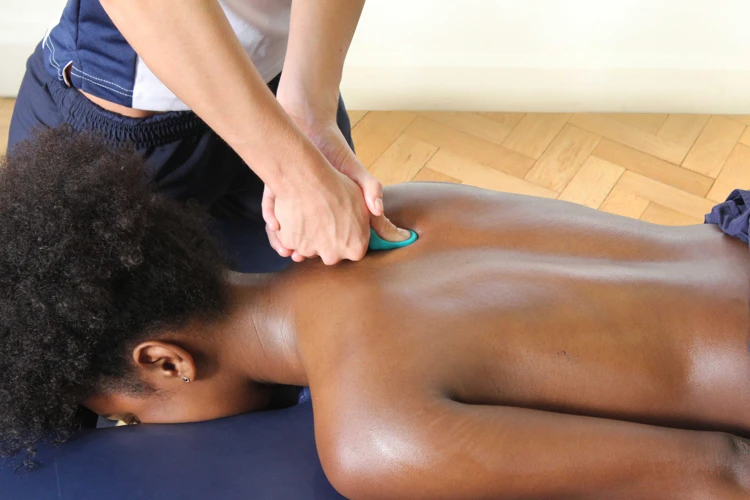
Regular Back Massages for Optimal Results:
- Getting a back massage at least once a month is the ideal frequency for achieving maximum therapeutic results.
- Regular massage therapy can help reduce muscle tension, improve circulation and enhance flexibility.
- It is recommended to avoid long breaks between back massages as your body may not respond as well after a long break between sessions.
- You may need more frequent back massages if you suffer from chronic pain and stiffness.
- If you lead a physically active lifestyle, you may need a back massage at least once a week.
- Consult your doctor or certified massage therapist to find the ideal frequency for your individual needs.
Cost of a Back Massage
- In-spa Massage: Most in-spa back massages typically start at $50 for a 30-minute session and can cost up to $90 for an hour-long massage.
- Out-of-spa Massage: The cost of out-of-spa massages can vary depending on the therapist and the area they are working in. Generally, a back massage costs between $40 and $90 for a 30-minute session.
- Home Visits: Home visits for a back massage may cost slightly more than an in-spa massage due to the therapist’s travel time. The cost of a home visit may range from $60 to $120 for a 30-minute session.
Frequently Asked Questions
What type of back massage is most beneficial?
1. Swedish Massage –
2. Deep Tissue Massage – This type of massage is used to target deeper layers of muscle and connective tissue. It is used to treat chronic pain and muscle tension, as well as improve posture and circulation.
3. Trigger Point Massage – This type of massage is used to target specific knots or points of tension in the body. It helps to relieve pain and improve mobility.
4. Aromatherapy Massage – This type of massage combines the use of essential oils with massage techniques to promote relaxation and healing. It can help to reduce stress, improve mood, and boost energy levels.
5. Shiatsu Massage – This type of massage is based on the traditional Japanese practice of applying pressure to specific points on the body. It helps to promote balance and relaxation, and can be used to treat various health conditions.
The type of massage that is most beneficial depends on the individual and their needs. It is best to consult with a doctor or massage therapist to determine which type of massage is best for you.
Long-term Benefits of Regular Back Massage
Regular back massage helps improve circulation, reduce muscle tension and pain, and increase relaxation. Long-term benefits include improved posture and flexibility, reduced stress levels, and increased overall well-being. Regular back massage can help reduce the risk of injury, improve sleep quality, and reduce inflammation. It can even help improve concentration and productivity. Regular back massage can help reduce the risk of certain medical conditions, such as arthritis, and can help improve overall physical and mental health.
Are there any health risks associated with back massage?
Back massage can be beneficial for a variety of health benefits, but like any other form of physical therapy, there are some potential health risks associated with it. These risks include:
- Injury: Massage can cause injuries if not done properly, such as muscle strain or tissue damage. It is important to find an experienced massage therapist who can apply the right amount of pressure to the right areas.
- Allergic reactions: Some people may experience an allergic reaction to the massage oil or cream used during the massage. If this happens, it is important to stop the massage and seek medical attention.
- Infection: If the massage therapist does not properly clean their hands or use a clean massage table, there is a risk of contracting an infection, such as a cold or flu. It is important to make sure the massage therapist is using proper hygiene practices.
- Blood clots: If the massage is too vigorous, it can cause a blood clot to form in the veins, which can be dangerous. It is important to make sure the massage therapist is aware of any medical conditions that could be affected by the massage.
It is important to discuss any potential health risks with your doctor before receiving a back massage.
What are the Differences Between a Back Massage and Other Types of Massage?
Back massages focus on the muscles and tissues of the back, shoulders, neck, and arms. Other types of massage, such as Swedish massage, focus on the entire body. A back massage also uses a variety of massage techniques, such as kneading, stroking, and percussion, whereas Swedish massage typically combines long, gliding strokes with compression, friction, and tapping motions. Additionally, some massage therapists will use special tools, such as heated stones, during a back massage, while this is rarely used during other types of massage.
How Often Should I Receive a Back Massage to Maximize Its Benefits?
Regular back massages can help reduce stress, ease muscle tension, improve circulation, and enhance overall well-being. It is recommended to receive a back massage at least once a month to maintain the benefits. However, depending on individual needs, more frequent massages may be required. For instance, people with a history of chronic pain or athletes may benefit from bi-weekly or weekly back massages.
Conclusion
Back massage provides numerous benefits including improved sleep quality, reduced stress and tension, increased flexibility, improved posture, and pain relief. It may also help improve circulation and reduce inflammation. With regular back massage, you can unlock your body’s potential for improved overall health and wellbeing.
References
- 1. Al-Dujaili EA. Effects of whole-body massage on stress, anxiety, and relaxation: a systematic review and meta-analysis. J Phys Ther Sci. 2017;29(4):467-473. doi:10.1589/jpts.29.467
- 2. BBC Science, Pain Management.
- 3. Wikipedia, Massage.

